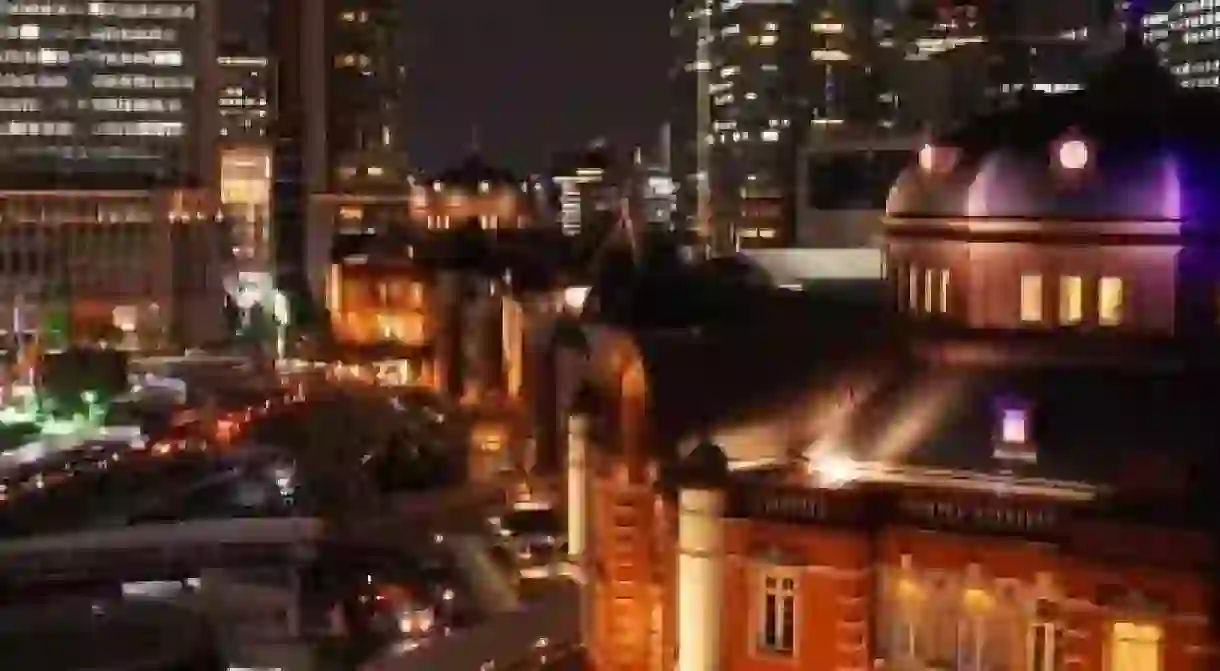Top Places You Should Visit In East Tokyo

Tokyo is constantly changing. No matter how many times you visit the city, you will always find new places to see. Recently, East Tokyo, where the old townscape is still visible, has been undergoing a rapid transformation. Being in the middle of this transition, the area is now an interesting mix of old and new. This article covers a relatively uncharted East Tokyo.

Mederu Jewelry
Located in the neighborhood of Asakusa, Mederu Jewelry created a revolutionary business model in jewelry making. Just like any craft industry, Japanese jewelry-making traditions and techniques were on the verge of extinction due to a lack of demand and successors. Mederu overthrew the existing supply chain system by coming up with jewelry designs that people actually want to wear and offering products made to order. Using craftsmen with decades of experience, Mederu produces quality jewelry with extreme delicacy and sells their products at reasonable prices. Although a small operation, word spread quickly and now it has a wide customer base that repeatedly returns to the shop. Allow yourself a couple of weeks to receive your order; it’s worth the wait.
Mederu Jewelry, 7-6-1 Asakusa, Taito-ku, Tokyo, Japan, +81 3 4577 8389

Kama-asa Shoten
The Kappabashi area is known for housing dozens of wholesalers of culinary tools for both household and professional use. Here you will find everything you need to open a restaurant. However, it can be quite overwhelming to navigate through the countless stores that are filled with all kinds of kitchen products. Kama-asa Shoten, a store that started selling kitchen supplies over a century ago, selectively and comprehensively showcases the tools that are particularly admired by professional chefs for their quality. There might be some exotic implements specifically used in Japanese cuisine, but once you know how to use them — ask the staff questions — you can be creative with them. Also, make sure to stop by the annex dedicated to a state-of-the-art kitchen knife collection.
Kama-asa Shoten, 2-24-1 Matsugaya, Taito-ku, Tokyo, Japan, +81 3 3841 9355

Tokyo National Museum
Renovated in 2011, Tokyo National Museum presents a well-curated permanent collection of Japanese art. Rather than impressing visitors with the number of objects, the museum displays the trajectory of the history of Japanese art in an audience-friendly manner. Even when you don’t have much time, you will have a good understanding of how Japanese art has developed over the centuries. One of the highlights is the section of Japanese swords. The marvelously polished swords are glamorous and invite people to look closer. These swords are the equivalent of today’s high-end sports cars, combining the coolest design and foremost technology; they are captivating. Don’t miss the museum shop that has the best selection of books on Japanese art in the country.
Tokyo National Museum, 13-9 Ueno Park, Taito-ku, Tokyo, Japan, +81 3 5405 8686

Hantei
If you can’t decide on where to go for dinner, consider Hantei. It serves delicious kushiage (breaded meat, seafood or vegetables deep-fried and served on a skewer). The menu is very simple as there is only one main course, a six-stick set chosen by the chef. You can order more if you’re still hungry. They have 36 kinds of kushiage. What makes Hantei special is that the restaurant is set up in a century-old building registered as a Tangible Cultural Property, which makes the dining experience very unique. You might hear about Gonpachi in Roppongi, which Japanese people proudly recommend to tourists because it was used as a model of a Japanese restaurant in the movie Kill Bill Vol.1. However, if you’re looking for an authentic dining experience in an old Japanese house, Hantei is the place to go.
Hantei, 2-12-15 Nedu, Bunkyo-ku, Tokyo, Japan, +81 3 3828 1440

Coredo Muromachi
Before anything, it is important to explain the concept of ‘zakka’ (雑貨), which loosely translates as sundry goods. To be precise, zakka means general things in Japanese — handkerchiefs, room fragrances, key chains, doorstoppers, etc. In other words, things that are not crucial to your life but are nice to have. An ‘Arts & Crafts’ movement in the zakka industry has developed in recent years, and zakka made by Japanese craftsman with traditional techniques and materials are becoming extremely popular. Coredo Muromachi has a number of shops focusing on zakka made in Japan. It is a one-stop shop for people who are looking for some original souvenirs for friends, family or even themselves.
Coredo Muromachi, 2-4-14 Nihonbashi Muromachi, Chuo-ku, Tokyo, Japan, +81 3 5927 9321













